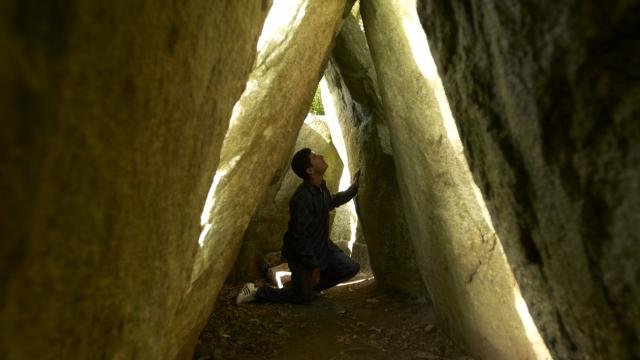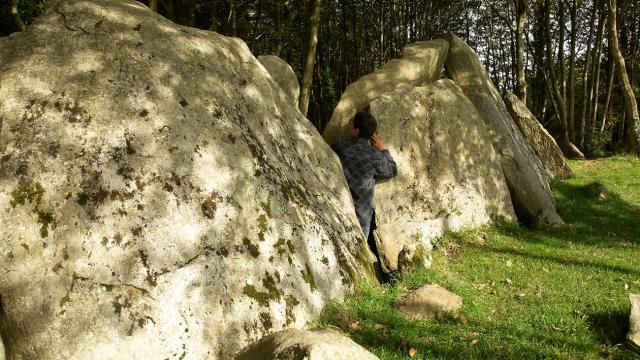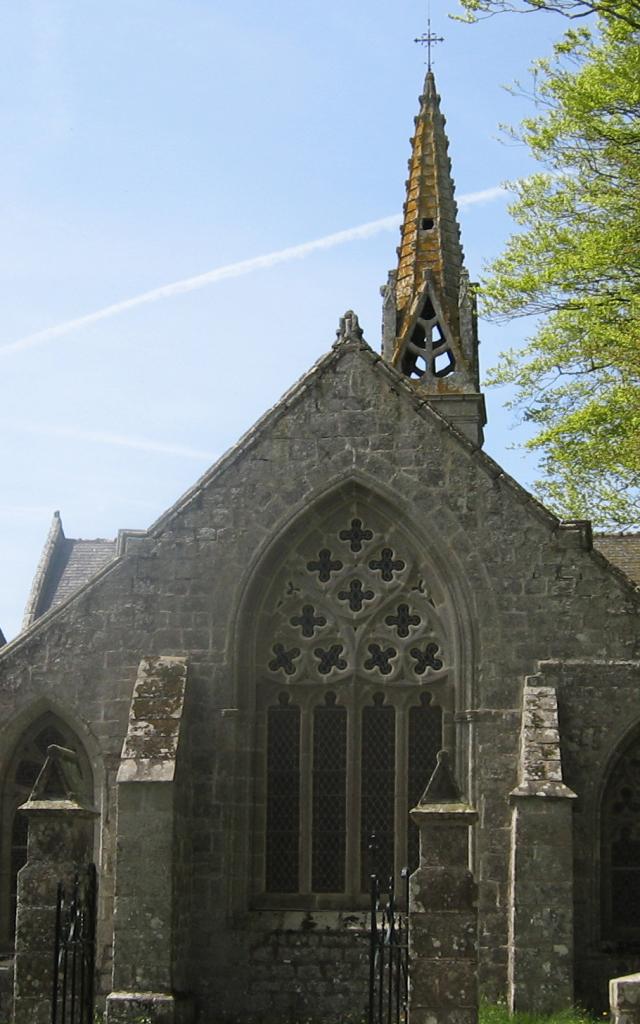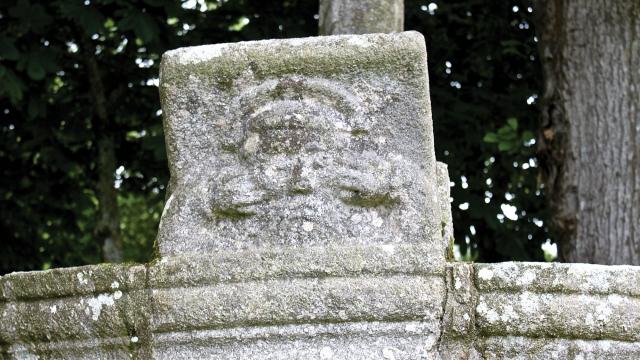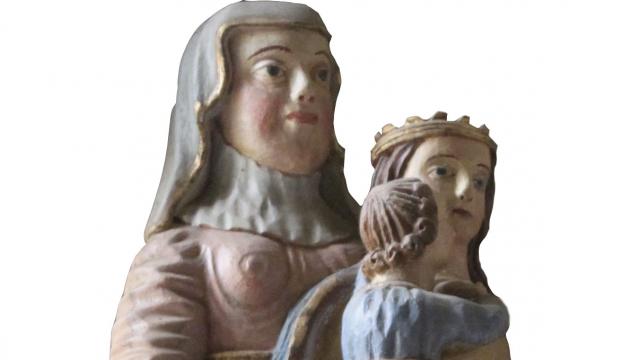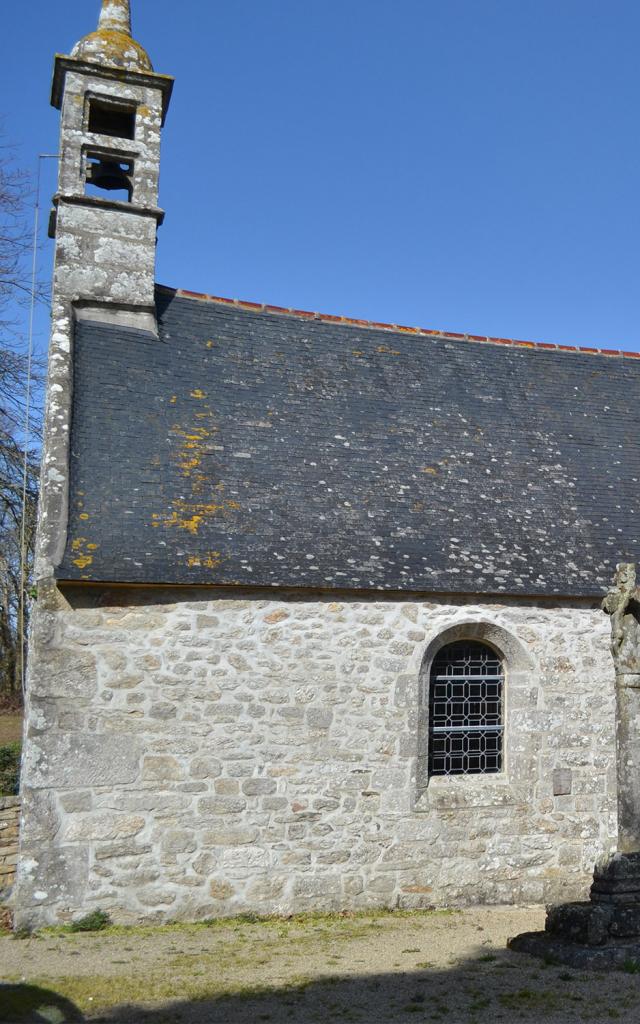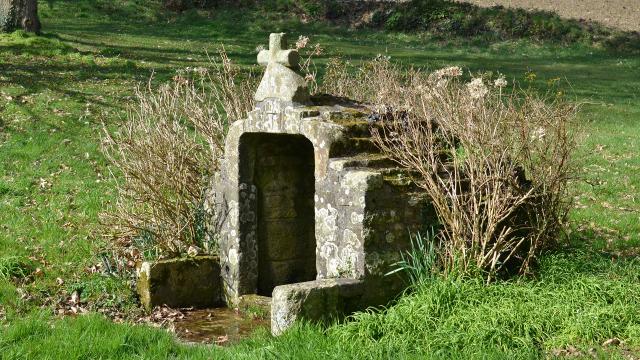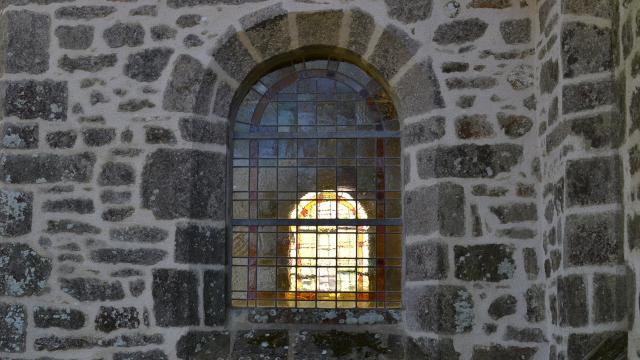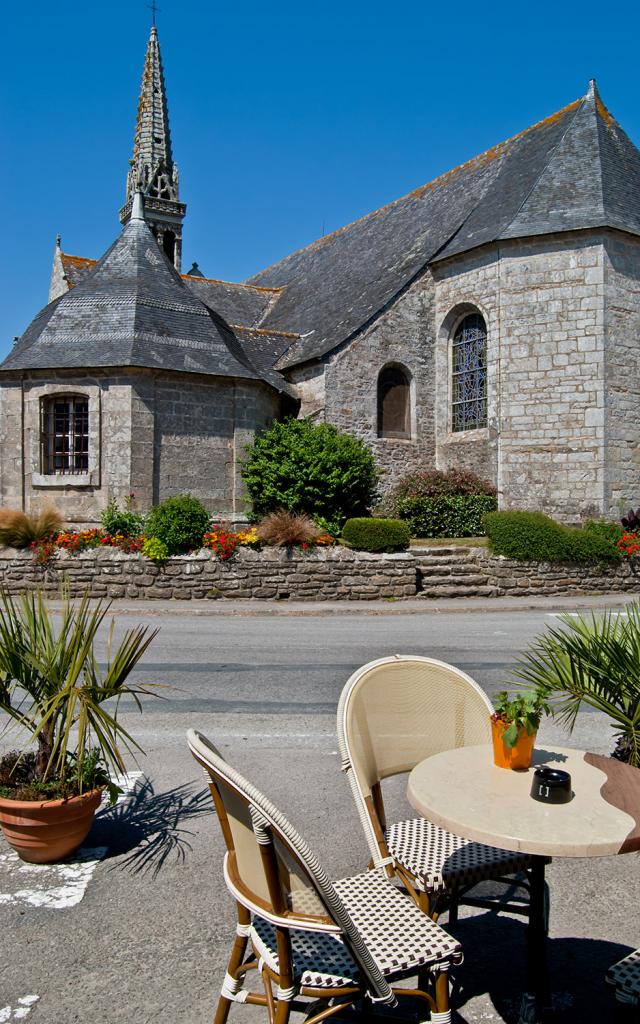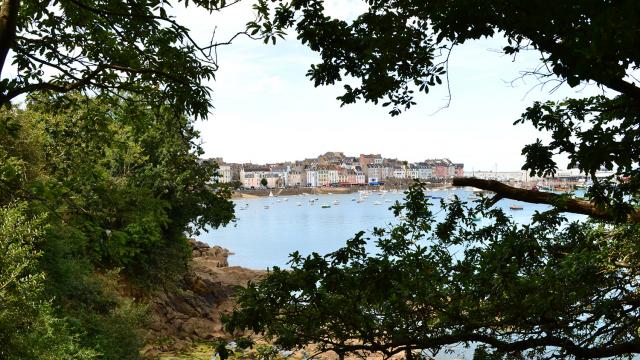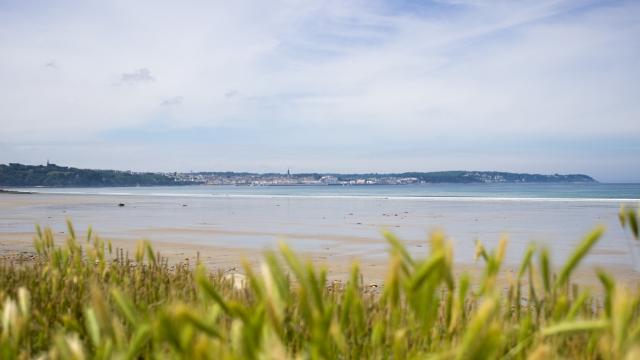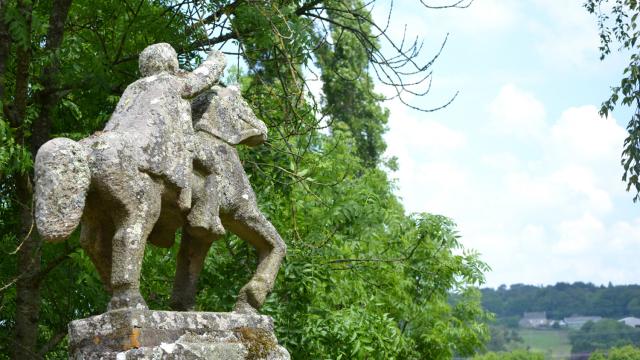A bit of history…
The number of Neolithic remains here shows that the region has been occupied by humans since the earliest times. The gallery grave of Lesconil (known as Ty ar C’horriquet), the great stone table of Lesaff and several standing stones are traces from this period. There were also salting vats and villas from Roman times, but these remains have since disappeared.
The early evangelisation of this area and the existence of a hermitage probably gave rise to its name, which originates from Ploelan, Polan or Poullan, meaning ‘the parish of the hermitage’. Many buildings demonstrate the faith of our ancestors here, from chapels and churches to stone cross monuments and fountains, which can be found throughout the local area.
Wealthy and noble families built fine homes here, as is clear from the number of manor houses. At the time of the French Revolution, there was an order to create a new structure of parishes, so Tréboul became a parish branch that was distinct from that of Poullan, although this order was not enforced. During the reform of civil administration, Poullan’s Town Hall was even built in Tréboul. The locals living in the countryside were not at all happy with the reform, as they felt overlooked by the authorities and believed that they were victims of the dual character of their geography, being both maritime and rural. After years of going to and fro, the two villages of Poullan and Tréboul were officially separated on the 18th July 1880.
Go and explore… The chapels of Saint-They and Notre Dame de Kerinec, surrounded by greenery.

